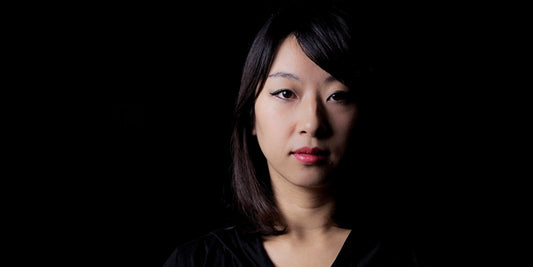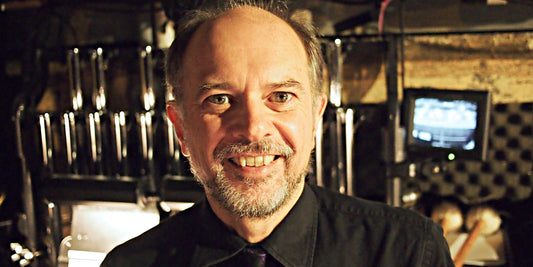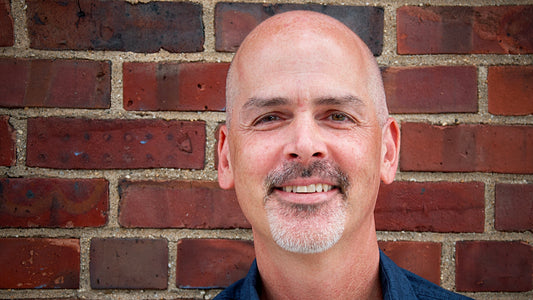
Setting Up a New Broadway Percussion Book
By Bill Hayes
When preparing a percussion book for a new Broadway show, we occasionally get the music in advance.
That allows us to start our “treasure hunt” early, to have the right sounds ready, and to get a jump on the setup. But often, Broadway is the first appearance of the fully orchestrated show, and we have seen very little before the first rehearsal. I might spend an afternoon in the copyist’s office, scouting for setup clues and figuring out what “udders” are, or the first rehearsal might be the first sighting. We often say that “the ink is still drying” when we walk in. Making fast and good decisions about your setup is a must.
A few principles going in:
- Have a “basic personal setup” in mind as a starting point
- Use your air space
- Keep it as compact as possible, proximity is your friend
- Have enough music stands but not too many (more on this below)
- Toys should be set near where they’re needed
- Have twice as many trays, cloths, and cymbal stands as you think you need

Bill's setup for the Broadway production of White Christmas.
The first phase is the off-site orchestra rehearsal. We try to get a good chunk of setup time in the rehearsal studio, but often it’s limited. Scanning the music becomes an art, with attention to any big production numbers. Maybe the bells need to be over the timp, or a Latin station near the xylo. I’ll often tweak through the breaks, work after the rehearsal, keeping a “to-do” list. I always have extra clamps, mountable trays, cloths, etc. The idea is to group things according to the fastest changes needed. The first instinct may be to practice licks and put in timpani tunings, but even more important is a setup that will get you to the right place at the right time, that feels like one large new instrument. You won’t be able to hang things in rehearsal, but make a note of what should hang in the theater, where you’ll probably have less floor space.
Broadway is the first appearance of the fully orchestrated show, and we have seen very little before the first rehearsal. I might spend an afternoon in the copyist’s office, scouting for setup clues and figuring out what “udders” are...
Next is the move to the theater. At this point, you should know your needs, but an unforeseen pole here or overhang there may force some quick reconfiguring. Many times, I’ve visited the theater in advance, only to find that new structures were built in the pit before we load in. Once the mics are up, your setup is locked in for the run. I try to have at least three hours in the theater before the orchestra seating.

Bill's Setup for the Broadway production of The Drowsy Chaperone.
Basic Setup
Although every show score is a new adventure in percussion geography, it’s good to have a “preferred” setup that you’re used to. If you’re in a booth, you can use all sides, but if you’re onstage, you don’t want anything behind you. A 3-sided approach works best for me. I usually set the busiest mallet instrument up (let’s say xylo) facing the conductor, or main conductor screen, often with bells mounted over the top end. Timps are preferably to the left, so the smaller drum is in front (inches matter), and vibes to the right. In the two corners formed, I’ll put one large trap table and then any hand drums. Crotales and temple blocks can hover over larger instruments. Chimes are a challenge: a few notes can hang individually. Otherwise, see what can go in front of them to save space. In The Drowsy Chaperone, I put chimes at the bottom of the xylo and built an extension pedal.
The first instinct may be to practice licks and put in timpani tunings, but even more important is a setup that will get you to the right place at the right time, that feels like one large new instrument.

Bill's setup for the Broadway production of A Bronx Tale.
Where the Toys Are:
- Tambourines
Does a xylo lick alternate with tambourine hits? Mount a tambourine next to the xylo music stand. In A Bronx Tale, I had one over the xylo and one over the congas. Fast change to a hand-held? have a tray near your last note. Have them where needed, so you don’t travel with jingles!
- Shakers
Make sure shakers are lying lengthwise, not standing on their end. There’s no time to quietly turn the shaker sideways and redistribute the shot.
- Triangles
With a Miller Machine, there’s no triangle note we can’t get to. I’ll often mount two or three where needed. In “Promises Promises,” I also had four different clipped triangles for those Bacharach muffled grooves, in addition to a Machine.
- Air space
I won’t edit out instruments for Broadway, even is space is limited. Cymbals can boom anywhere. Hanging a bass drum and/or gong will save floor space. Your stage crew will be great at making this happen, but be ready for whatever you ask them to do to be permanent. Mount bell trees, don’t waste table space. I’ve also hung surdo, taiko, seed pods, thunder strip, bell plates, and much more.

Bill's Setup for the Broadway production of Cinderella.
Music Stands
A super important topic. You don’t want to read a mallet part over your shoulder, but you also need to be able to follow a long score without confusion. So identify your main stand, ideally in the center, and have a complete score on it, where you’ll keep up with “what’s next.” Have only what you need on the outer stands, and name them, usually by instrument, so you can write, e.g., “turn, to timp stand.” Mark turns, so your next trip to that stand will have the right part up. This will be hugely helpful to your subs too. I try to keep a setup to only three stands when possible. Fortunately, our excellent Broadway copyists will get us as many copies as we need. If a tour is coming through your town, you may need to make your own copies, but it’s worth your time.
Mixed Drum/Percussion Books
To play as much as possible from the drum stool, I may set the drums up very high, so timpani height is not far off. Bells over, or instead of, the mounted tom is often useful. If a xylo is beyond the floor tom, just standing will get you there.
Sometimes, a combination of the original Broadway drum and percussion books for a tour will create a huge setup (the Cinderella tour, e.g.). The best rule for that: get to the theater early and claim your space!

Bio
Bill Hayes has held 27 Broadway chairs, and subbed on an additional 60 chairs. He has recorded 18 Broadway cast albums, and over 100 other recordings with various singers, jazz, classical and pop artists, and has appeared on TV shows on 5 continents.
He spent many years touring and recording with Liza Minnelli, Barbra Streisand, Frank Sinatra, Charles Aznavour, and Audra McDonald. He’s also worked with Kenny Rogers, David Byrne, Chita Rivera, Ray Charles, Aretha Franklin, Rufus Wainwright, Neil Sedaka, Michel Legrand, Marvin Hamlisch, the 5th Dimension, Korn, Carly Rae Jepsen and many others.
Bill is a proud endorser of Innovative Percussion and Paiste Cymbals.



